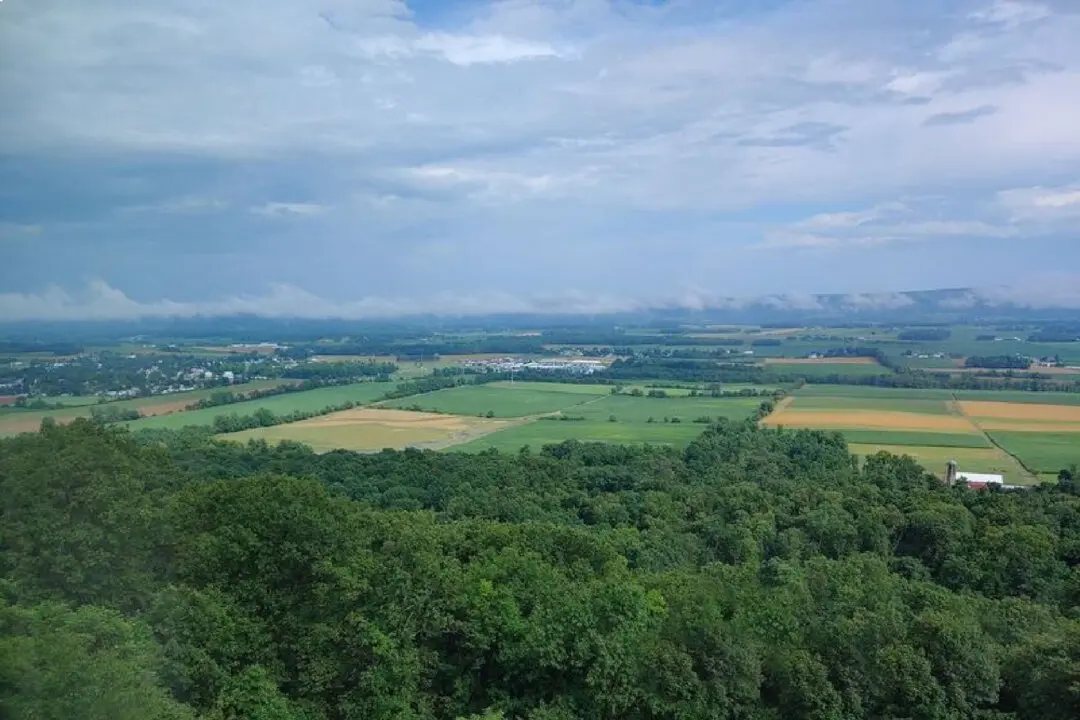The year is 1645. The most virulent strain of the bubonic plague has immobilized Edinburgh, Scotland, claiming the lives of more than half of the city’s population. The area hardest hit: Mary King’s Close on High Street, a lively 17th century thoroughfare of pubs, shops and residences named for a merchant burgess who lived here at the time. Cries of suffering have replaced the friendly chatter as the stench of death has the pleasant aroma of tea and scones.
The place, the time and the horror have been resurrected as one of Edinburgh’s most unusual attractions. Archaeologically and historically accurate, the alleys you walk upon, the rooms you visit, the stories you hear are real. This is not a re-creation; it is a resurrection of what existed centuries ago.





